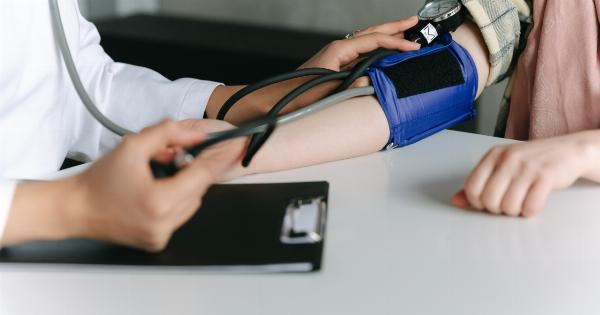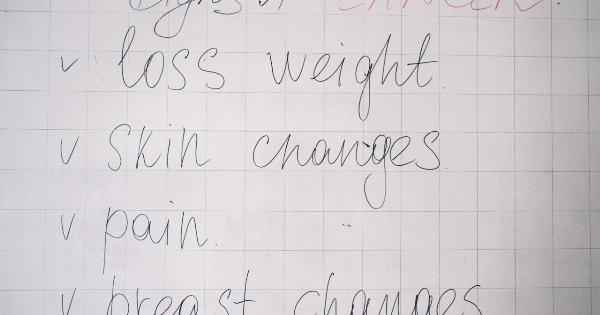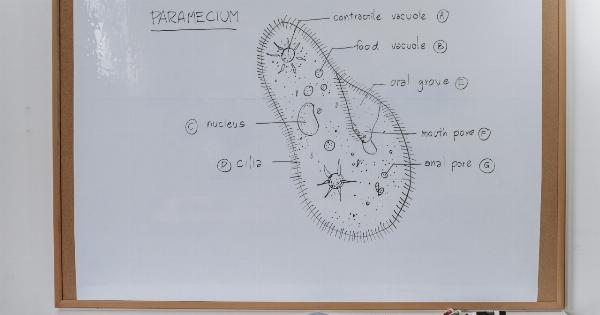Iron is an essential mineral that the body needs to function properly. It is responsible for transporting oxygen in the blood, which is essential for every cell and tissue in the body.
Iron also plays a crucial role in producing energy and maintaining a healthy immune system. However, due to poor diet, certain medical conditions, or excessive blood loss, some people may experience iron deficiency.
What is Iron Deficiency?
Iron deficiency occurs when the body doesn’t have enough iron to produce hemoglobin, leading to anemia. Hemoglobin is a protein in red blood cells that carries oxygen from the lungs to the rest of the body.
When there isn’t enough iron in the body, the body cannot produce enough hemoglobin, and the result is anemia.
Iron Deficiency Symptoms
Iron deficiency can be mild, moderate, or severe. Symptoms of iron deficiency can vary depending on the severity of the condition. Mild cases may not show any symptoms, whereas moderate to severe cases can cause a range of symptoms, such as:.
1. Fatigue
One of the earliest symptoms of iron deficiency is fatigue. When there isn’t enough iron in the blood, the body has to work harder to deliver oxygen to the tissues and organs.
This can leave a person feeling tired, weak, and less able to concentrate. If you feel chronically tired and fatigued, even after a good night’s sleep, it could be a sign of iron deficiency.
2. Shortness of Breath
Iron deficiency can cause shortness of breath because the body doesn’t have enough oxygen to meet its needs. When you don’t have enough iron in the body, your lungs have to work harder to take in and transport oxygen.
3. Pale Skin
When you don’t have enough iron in the blood, your skin can become pale. Iron plays a vital role in the production of red blood cells, and when there aren’t enough red blood cells, the skin can lose its healthy color.
4. Weakness
Iron deficiency can cause muscle weakness, making it difficult to carry out daily activities. This is because the muscles don’t have enough oxygen to work correctly.
5. Dizziness
Iron deficiency can cause dizziness, lightheadedness, and even fainting. This is because the brain doesn’t have enough oxygen to function properly. Low iron levels can cause a drop in blood pressure, leading to these symptoms.
6. Hair Loss
Iron is essential for healthy hair growth, and when there isn’t enough iron in the body, hair can become thin, brittle, and fall out. If you notice an excessive amount of hair loss, it could be a sign of iron deficiency.
7. Cold Hands and Feet
Iron plays a crucial role in regulating the body’s temperature, and when there isn’t enough iron, the body can’t regulate its temperature correctly. This can lead to having cold hands and feet, even in warm weather.
8. Headaches
Iron deficiency can cause headaches and migraines. Low iron levels can reduce the amount of oxygen getting to the brain, causing blood vessels in the brain to expand and trigger headaches.
9. Restless Leg Syndrome
Restless leg syndrome is a condition that causes an uncontrollable urge to move the legs.
It’s a common problem for people with iron deficiency, and while the exact cause is unknown, it’s thought to be related to low iron levels affecting the dopamine levels in the brain.
10. Craving Non-food Items
Iron deficiency can cause a strange symptom called pica, where a person craves non-food items such as ice, dirt, or clay.
This can be a sign that the body is trying to compensate for a lack of iron, but it can also be dangerous if a person ingests something harmful.
Preventing and Treating Iron Deficiency
Iron deficiency is preventable and treatable. The best way to prevent iron deficiency is to consume a balanced diet that includes iron-rich foods such as red meat, poultry, fish, beans, and leafy green vegetables.
If you’re vegetarian or vegan, make sure to include sources of iron such as tofu, lentils, and dark chocolate.
If you’re diagnosed with iron deficiency, your doctor may recommend iron supplements or an iron-rich diet. In severe cases, iron transfusions may be necessary.
It’s important to follow your doctor’s orders and take the recommended dosage, as too much iron can be toxic.
Conclusion
Iron is a crucial mineral that the body needs to function properly. Iron deficiency can cause a range of symptoms, from fatigue and shortness of breath to hair loss and restless leg syndrome.
If you experience any of these symptoms, it’s essential to speak to your doctor to get a proper diagnosis and treatment plan.




























